"The symbol room will let us discover various aspects of the jewel. Since their existence, men tried to produce small ornaments to differentiate themselves from the others. These ornaments were initially prepared starting from materials, claws or small shell assembling as a necklace. Over time, techniques evolved until jewels were entirely hand made. The jewel is essentially a symbol; initially, the first meaning of a jewel was the proof of the power and the authority of the person that owned it. In the exposition you will discover different jewels, most from the Maison Cartier and the Maison Van Cleef & Arpels. In fact, these two Maisons have dealt with all the symbols of the jewels."
"The symbol room will let us discover various aspects of the jewel. Since their existence, men tried to produce small ornaments to differentiate themselves from the others. These ornaments were initially prepared starting from materials, claws or small shell assembling as a necklace. Over time, techniques evolved until jewels were entirely hand made. The jewel is essentially a symbol; initially, the first meaning of a jewel was the proof of the power and the authority of the person that owned it. In the exposition you will discover different jewels, most from the Maison Cartier and the Maison Van Cleef & Arpels. In fact, these two Maisons have dealt with all the symbols of the jewels."
Jewellery is traditionally a symbol of power, religion, royalty, patriotism, fortune, protection, friendship, family, love and also of luxury. This jewellery selection reflects a rainbow of human life experiences and shows jewellery’s ability to interpret social and cultural influences.
Pendente
Cartier Paris
Pendant, Croix de Rouen
c. 1865
Pink gold, glassy paste
14 x 7.75 cm
In the original brown case, stamped: “CARTIER Joaillier – Orfèvre 9 BD DES ITALIENS”
The Croix de Rouen, or the Rouen Cross is a traditional jewellery piece produced in Normandy during the 18th and 19th centuries. It was a true status symbol worn by women of the bourgeoisie.
Tiara della regina Maria di Serbia
Queen Maria of Serbia’s tiara
White gold, silver, diamonds,
green glass imitations of emeralds
Van Cleef & Arpels Collection
The tiara (from Latin: tiara) one of the jewellery world’s strongest and most universal symbols of wealth and rank, was for centuries reserved for reigning and royal families and the highest-ranking members of the church.
Spilla, Arc de Triomphe
Cartier Paris
Brooch, Arc de Triomphe
1919
Gold, platinum, round old- and rose-cut diamonds, sapphire cabochons, fancy-cut faceted rubies and emeralds, faceted and calibré-cut topazes, onyx (shade)
4.6 x 3.9 cm
The sapphire cabochons represent the helmets of soldiers who paraded down the Champs-Elysées to celebrate victory in the First World War on Bastille Day (July 14) 1919.
In the joyful period that followed the Allied victory in the First World War, Cartier was inspired by a prevailing sense of national pride. The Arc de Triomphe was a much-employed motif in this respect.
Collana, Vintage Alhambra
Necklace, Vintage Alhambra
Pink gold, letterwood
Created in 1968, the Van Cleef & Arpels’ Alhambra collection is one of the jewellery world’s best-known icons of luck, elegance and harmony. The symbolism behind the design is further highlighted by the use of Letterwood in these particular pieces, a rare and precious material indigenous to South America, which is considered sacred by Native Americans.
Spilla-fermaglio, Mano di Fatma
Cartier Paris
Clip brooch, Hand of Fatma
1940
Pink gold, yellow gold, platinum, round old- and rose-cut diamonds, ruby and emerald cabochons
4.66 x 2.62 x 0.62 cm
Provenance: Claude François, French pop singer (1939-1978)
The Hand of Fatma or the Khamsa, is a palm-shaped symbol popular throughout the Middle East and North Africa and a symbol commonly used in jewellery. It depicts the open right hand and is believed by Muslims, Jews, and Christians to protect the wearer from the “evil eye,” a stare believed to cause misfortune.
Cartier Collection
Anello a testa di pantera
Cartier
Panther head ring
2004
Gold, two pear-shaped peridots (eyes), onyx (nose), black lacquer
3.33 x 3.81 x 3 cm
This ring is part of a Panthère de Cartier collection launched in 2005.
This sculptured ring perfectly demonstrates Cartier’s ability to constantly reinvent its most symbolic motif, the panther. With the animal’s ferocity represented in an audacious and humorous manner, this ring takes its place as an icon of the Cartier jewellery repertoire.
Cartier Collection.


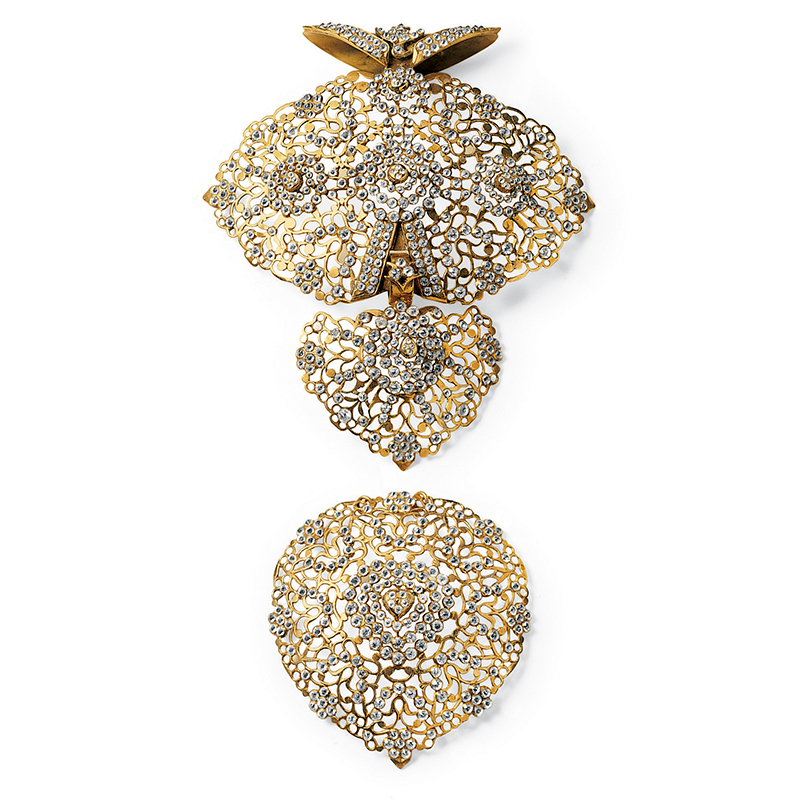
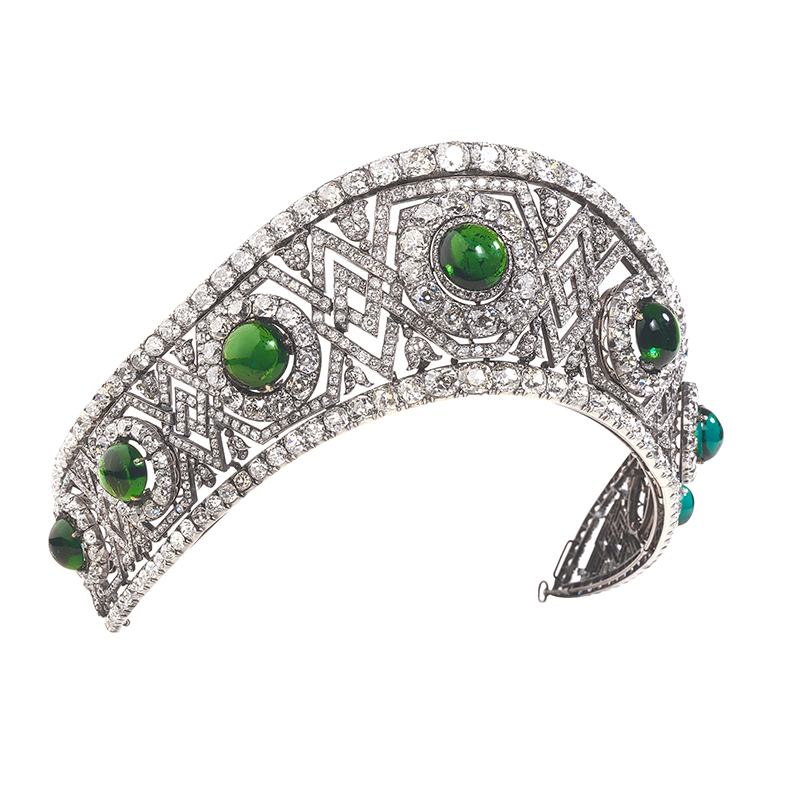
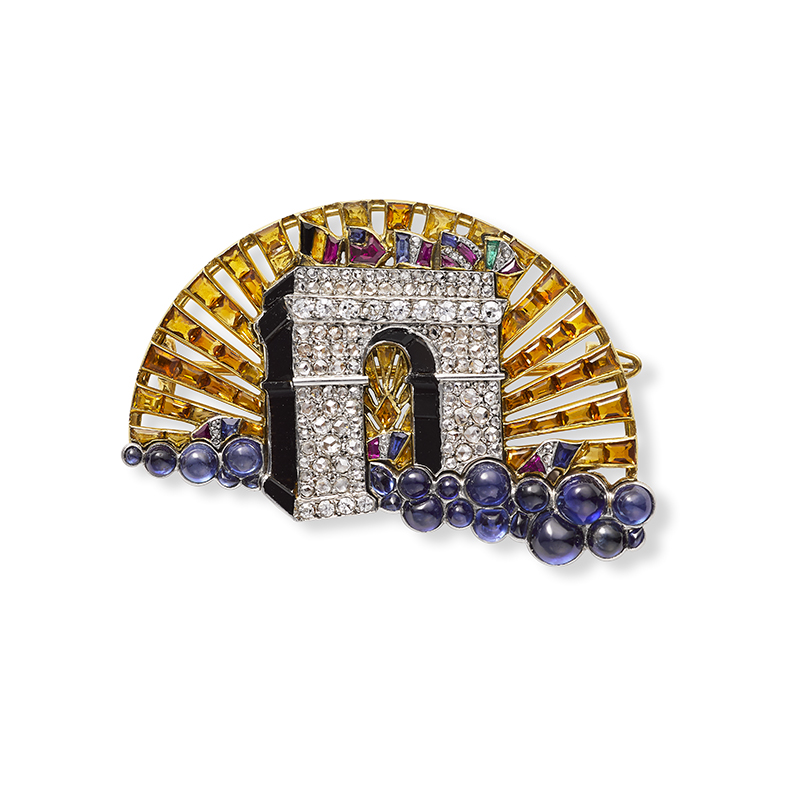
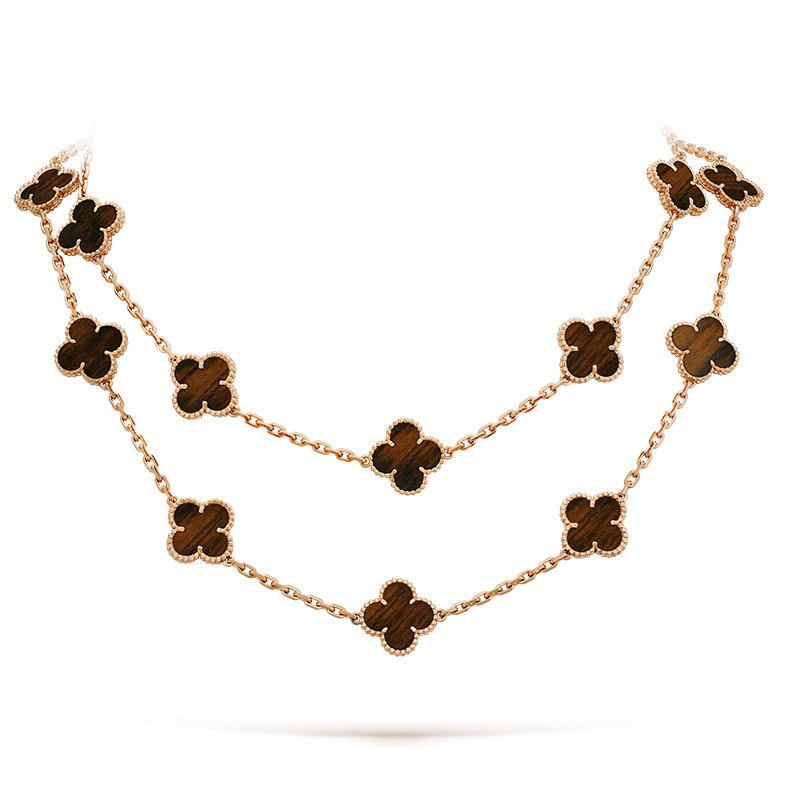
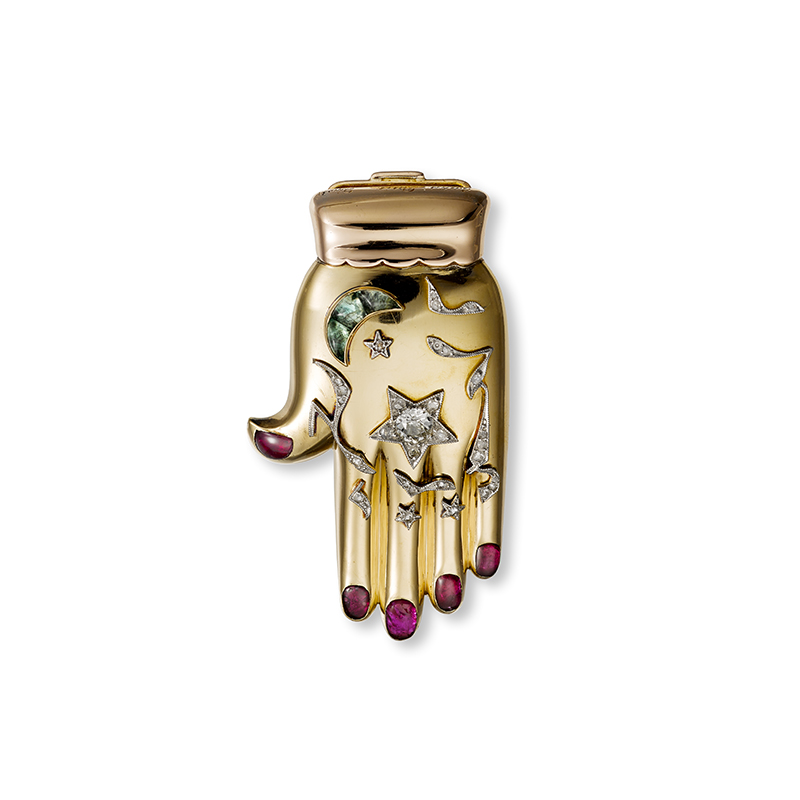
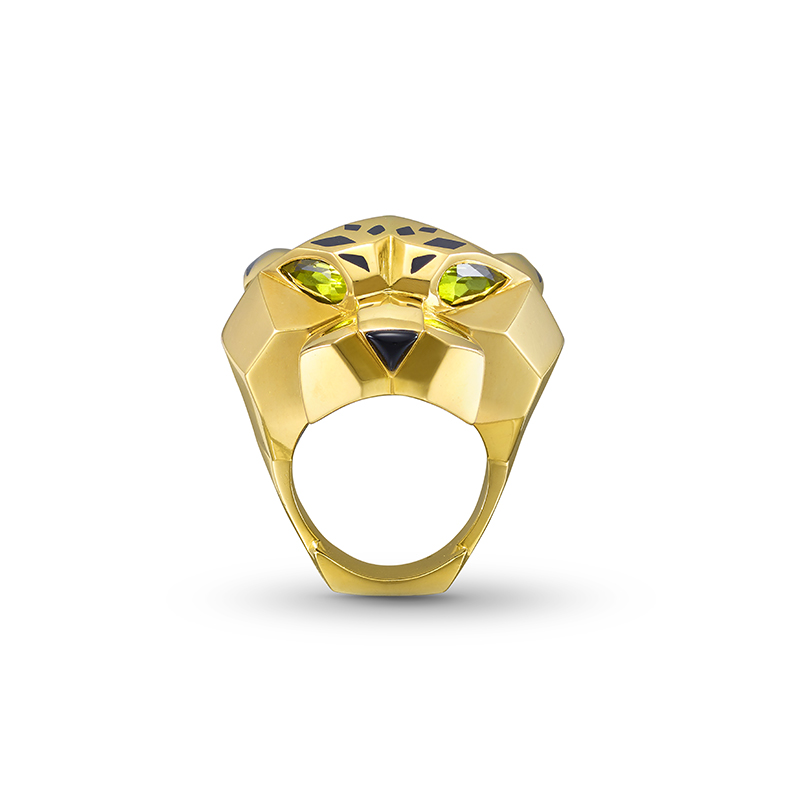

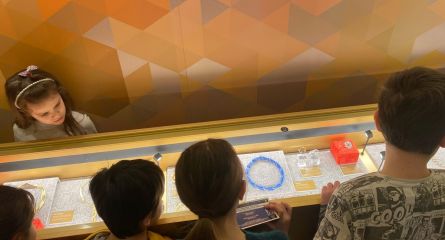
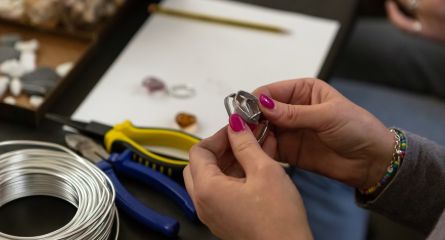
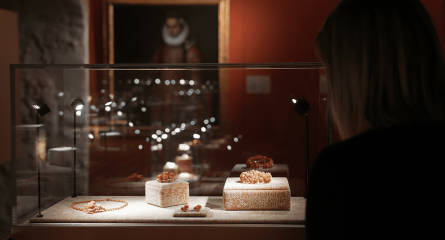

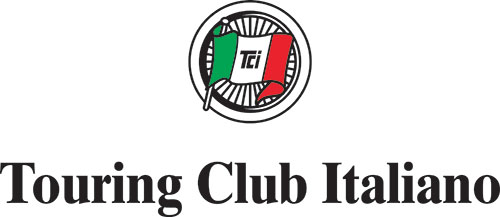
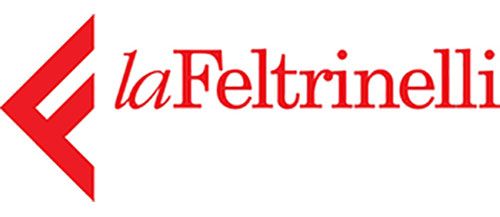






Follow us on social networks
Subscribe to the newsletter